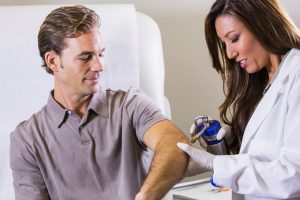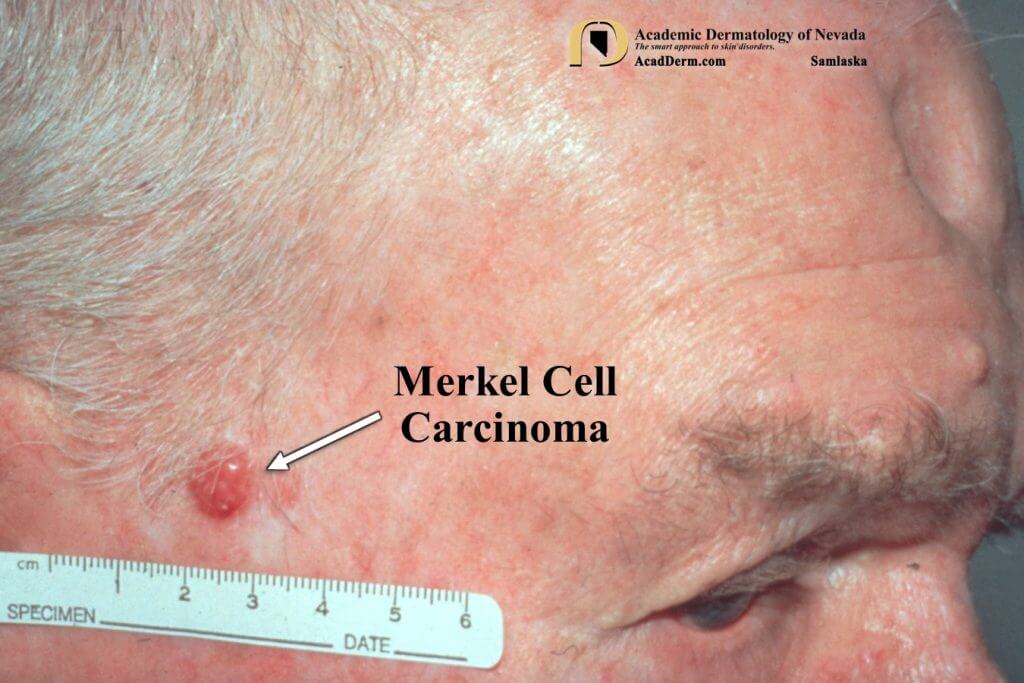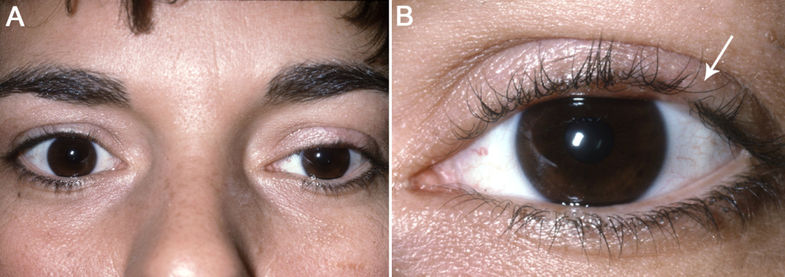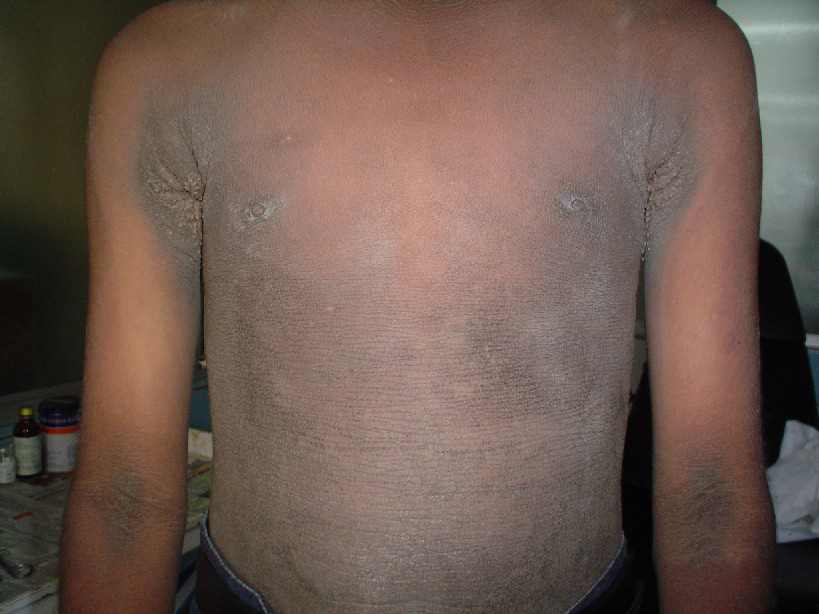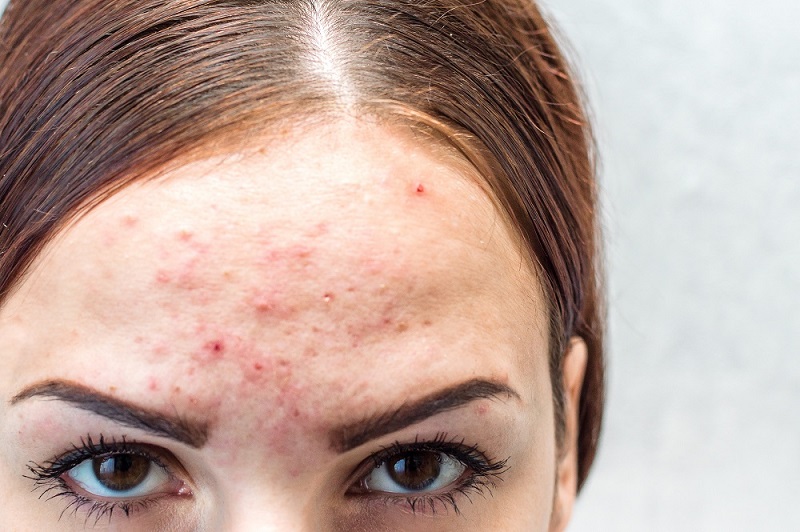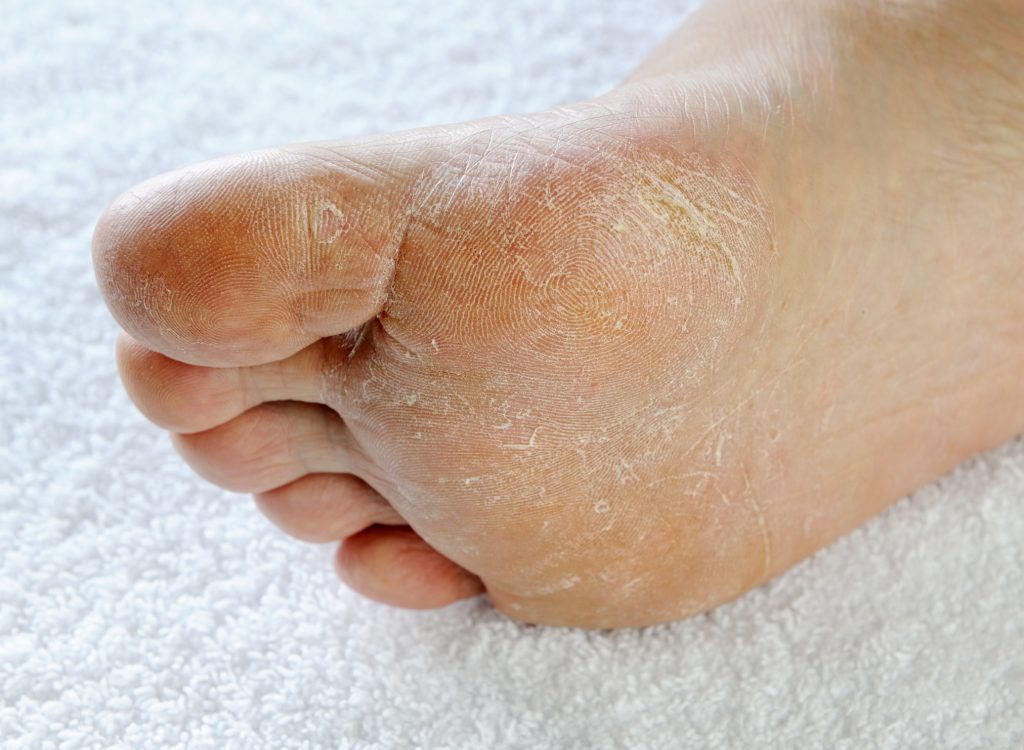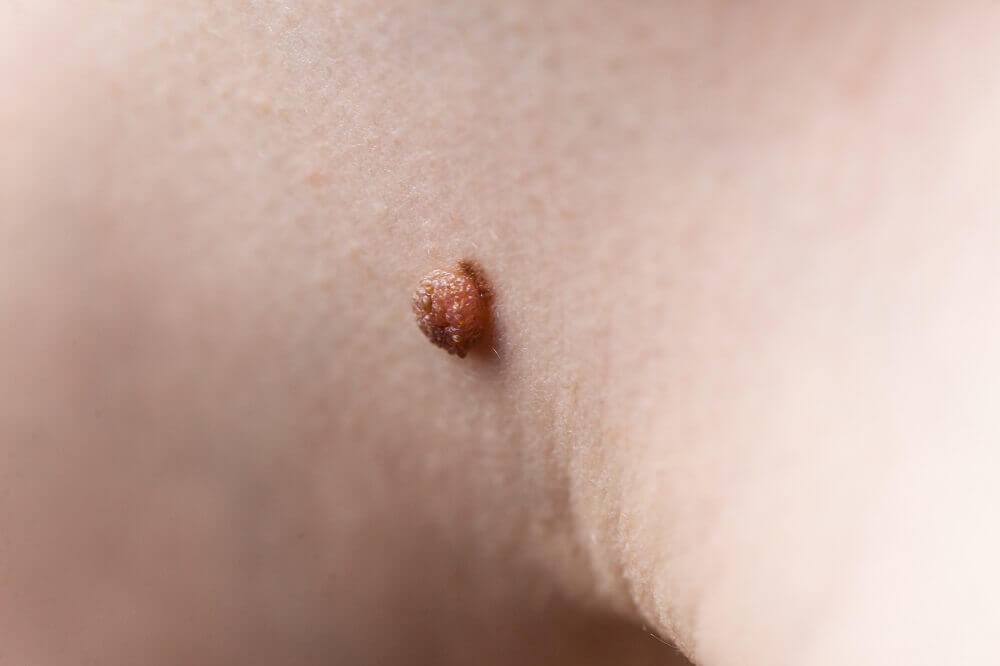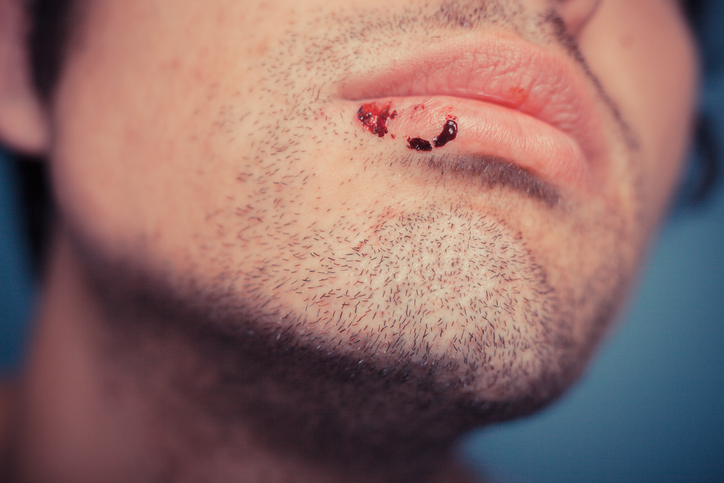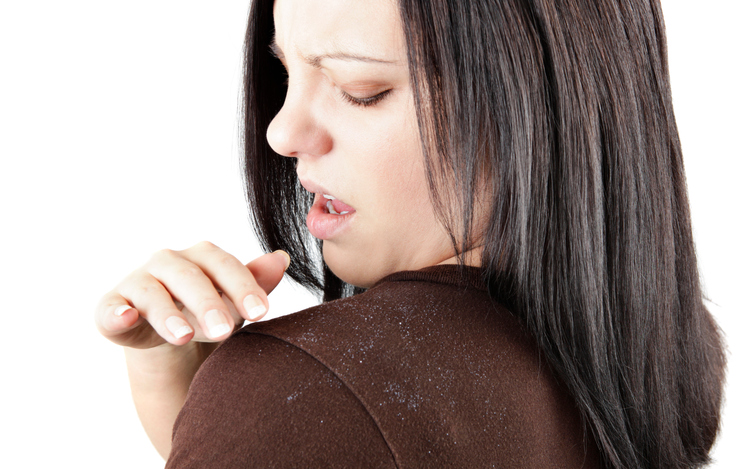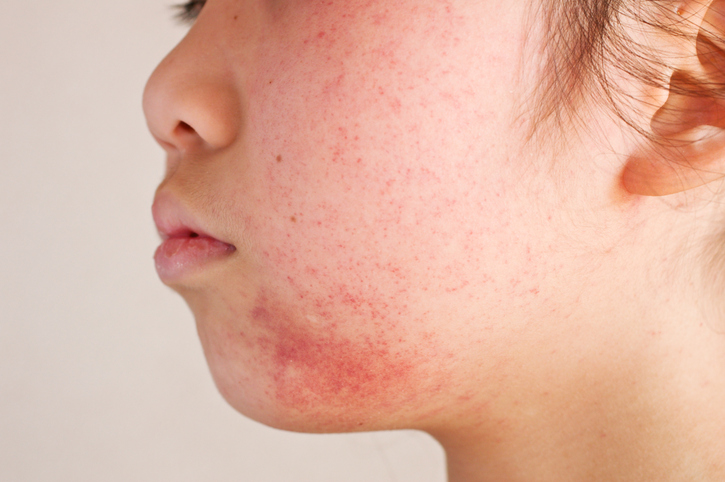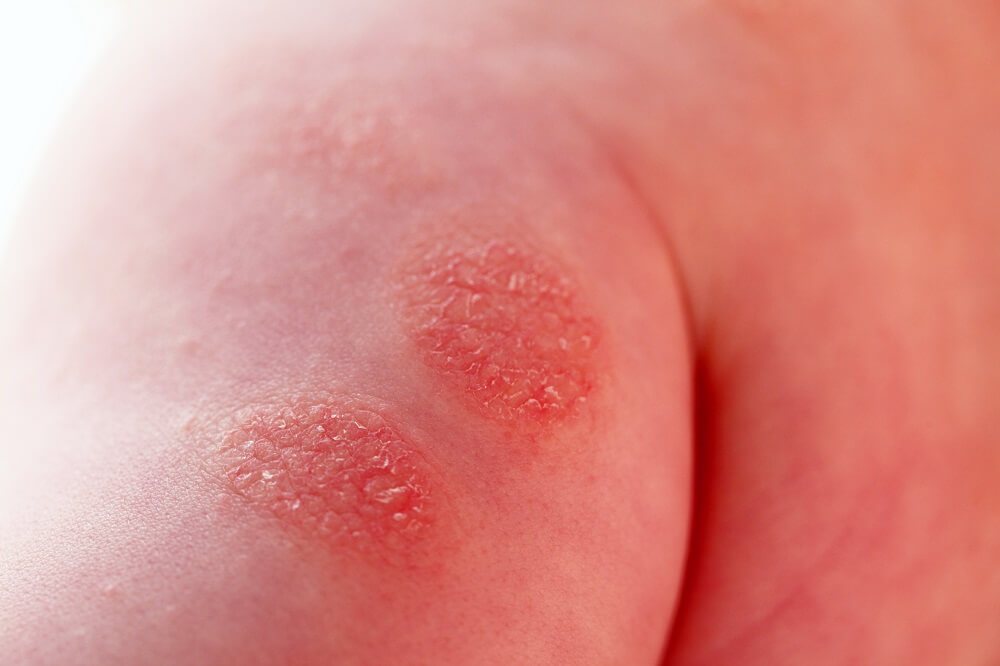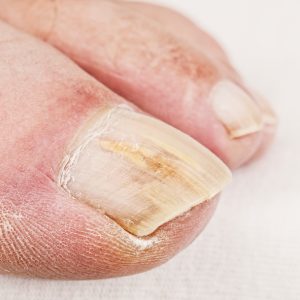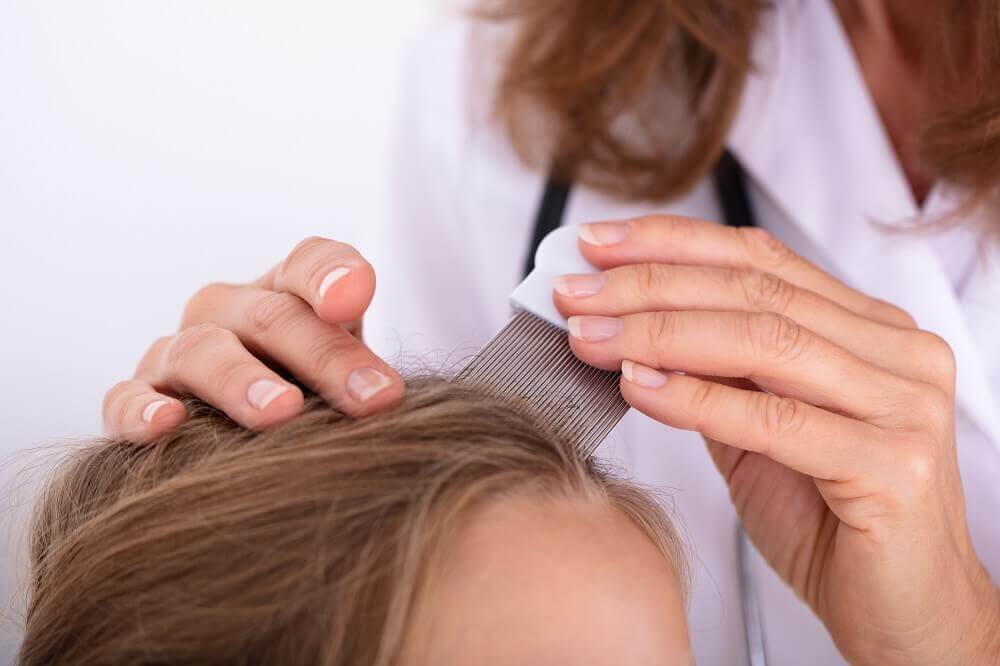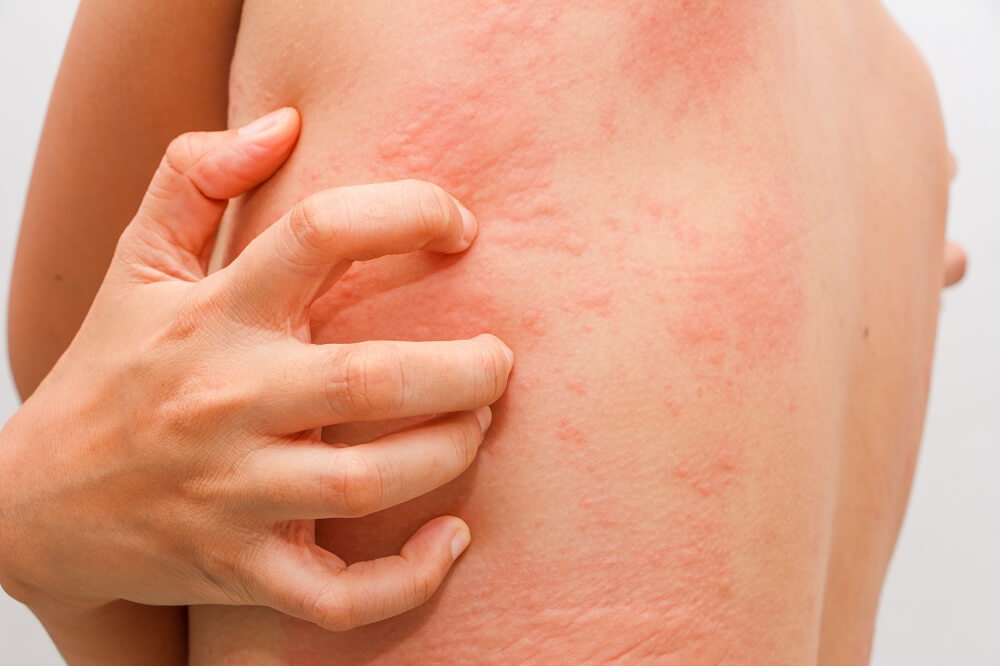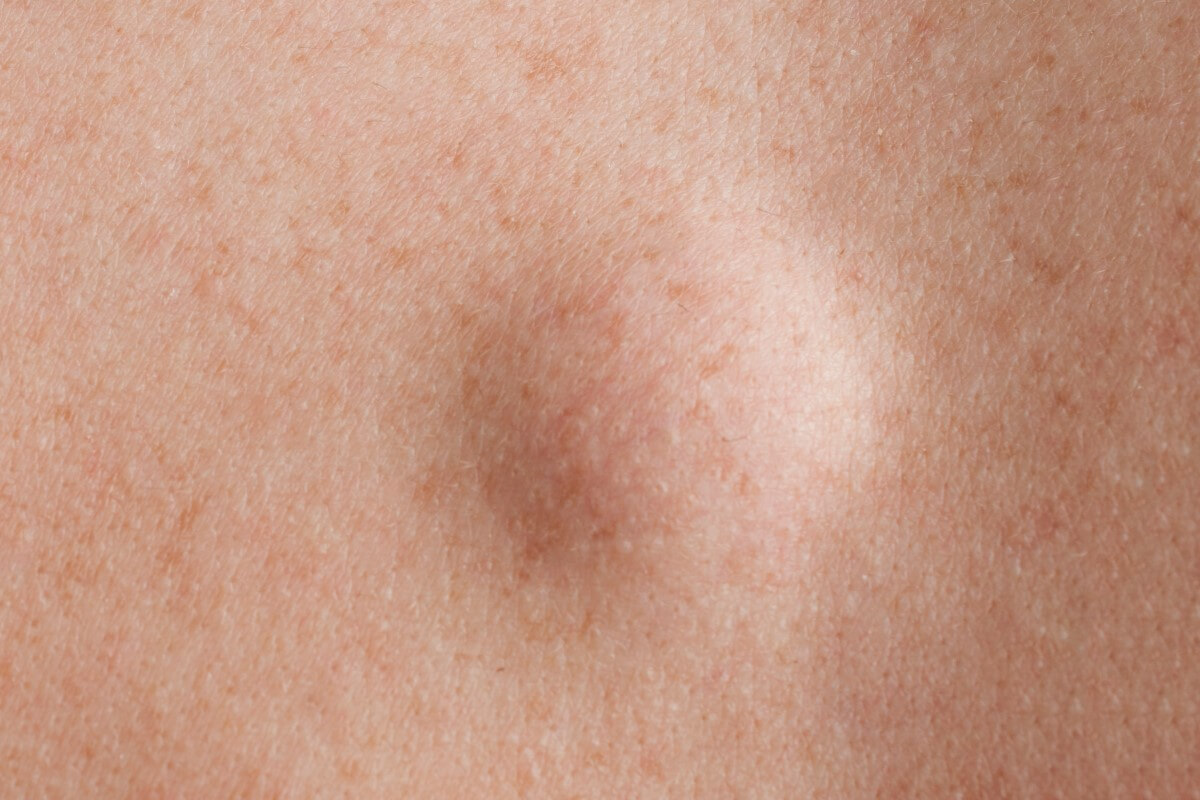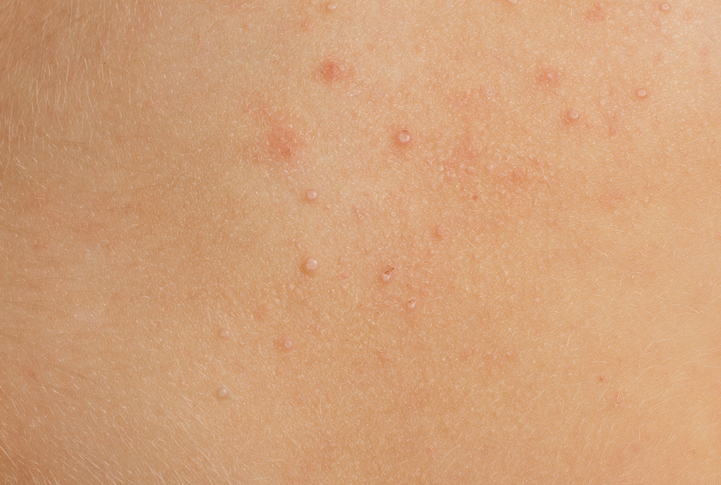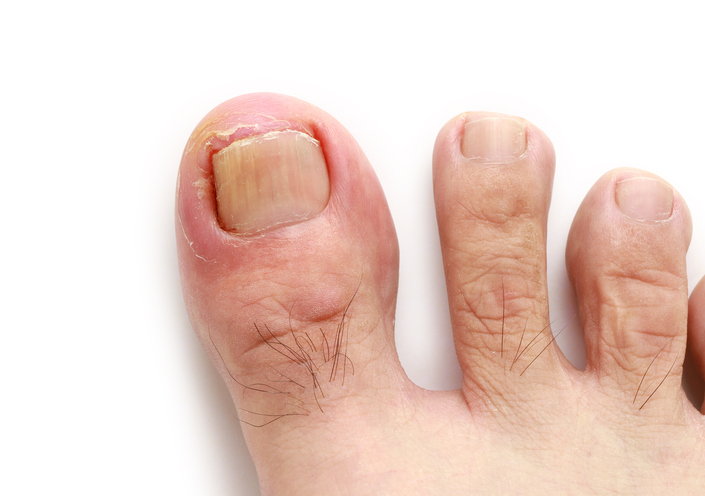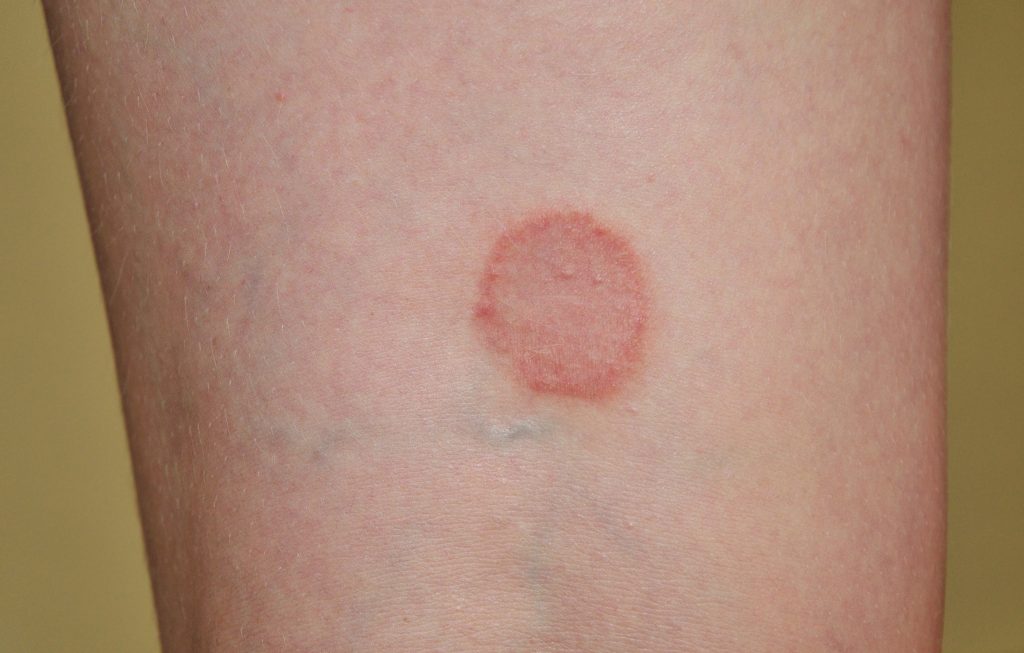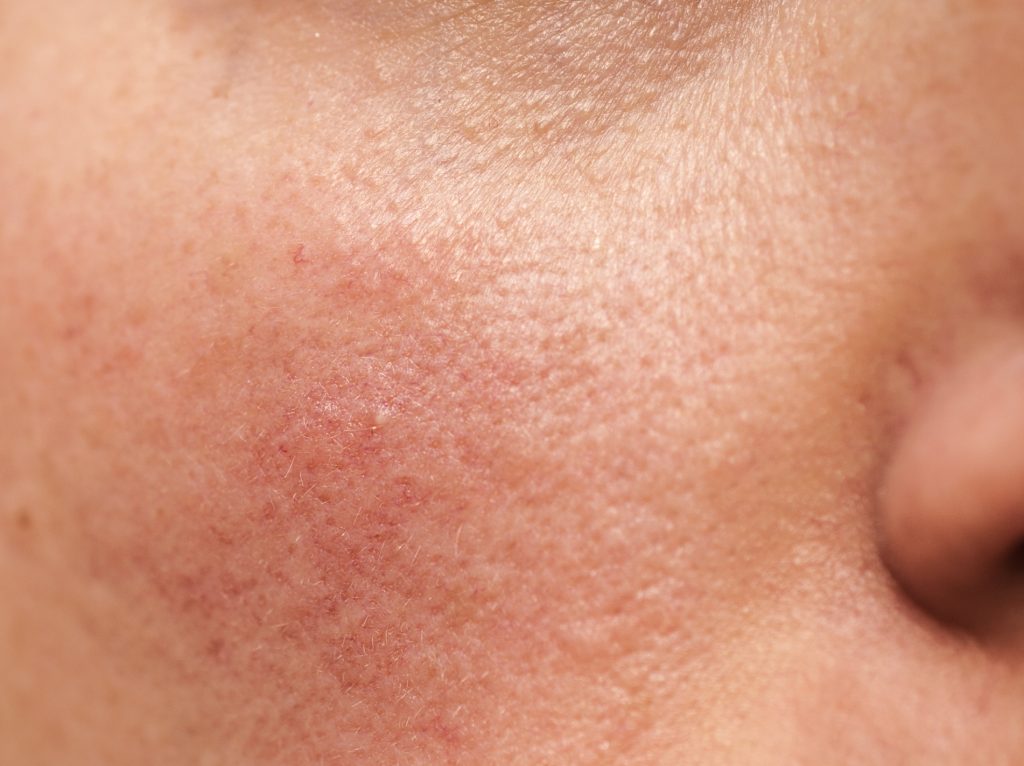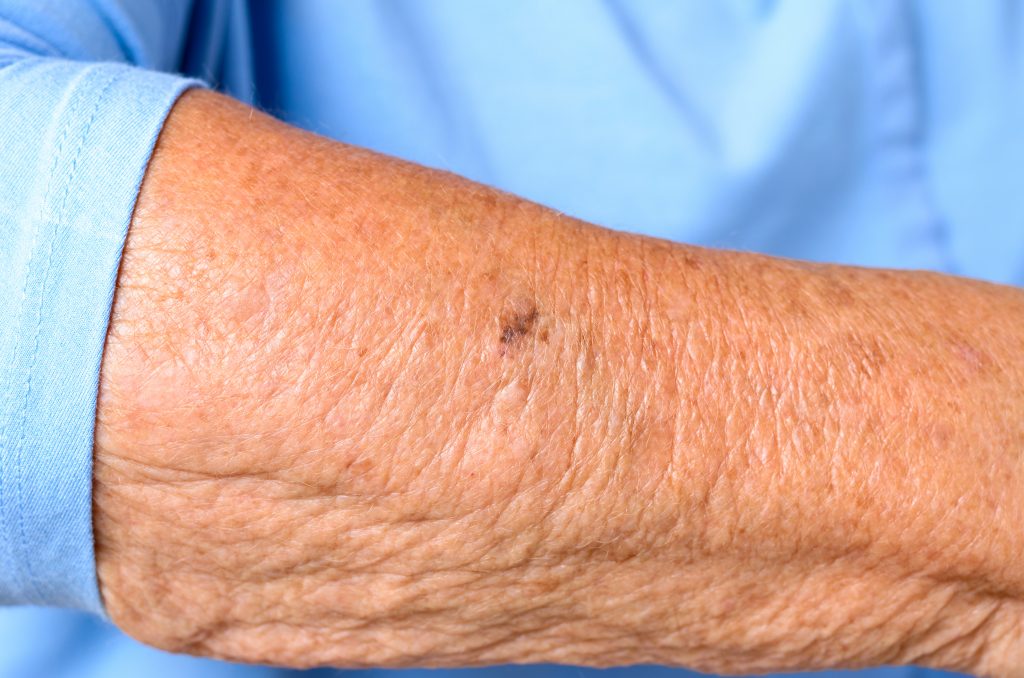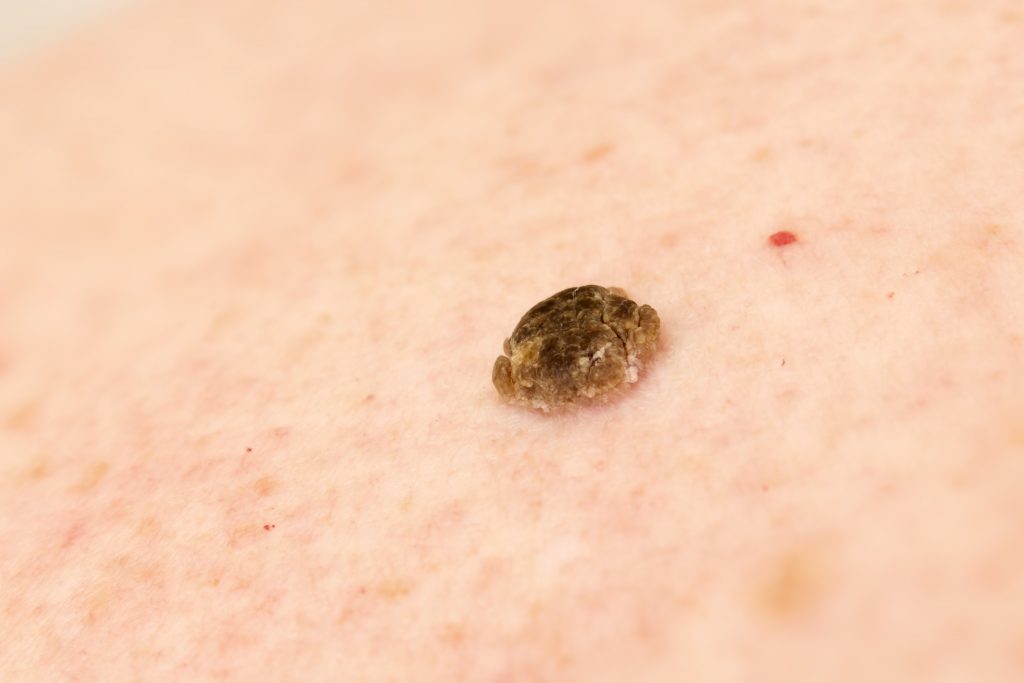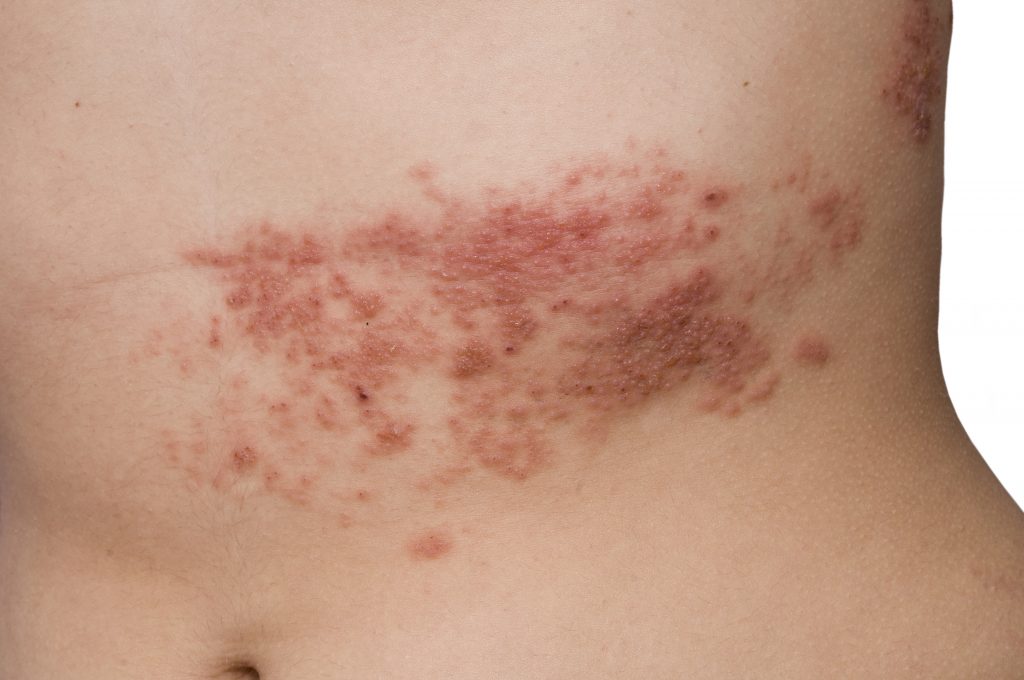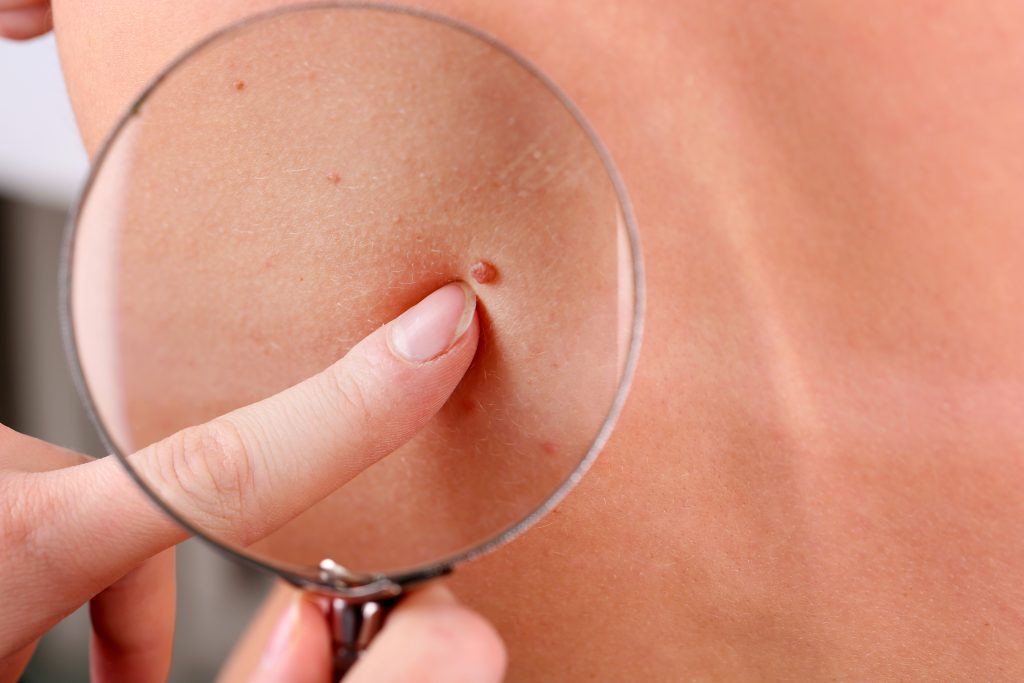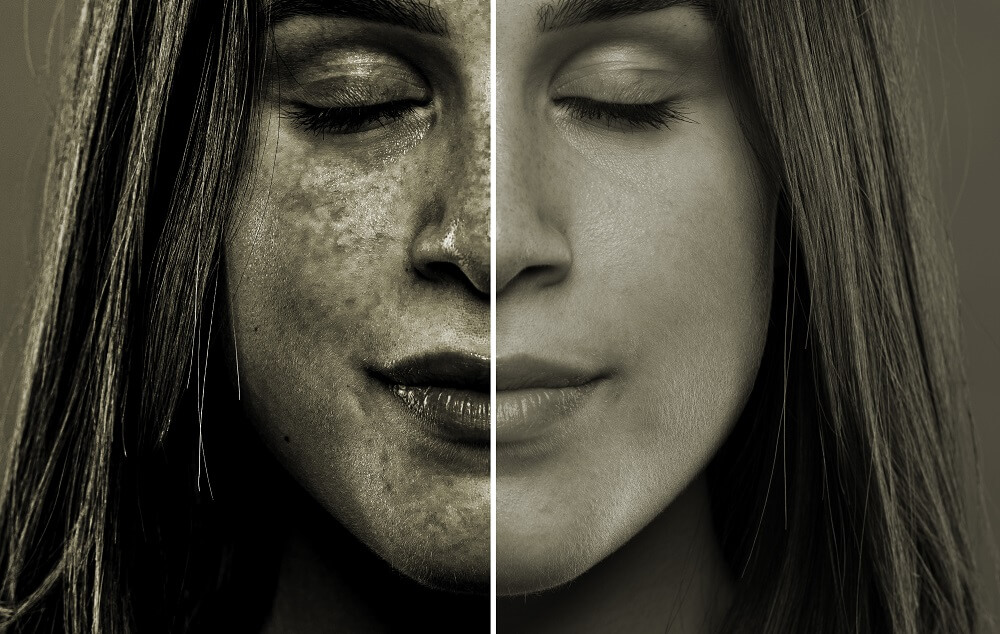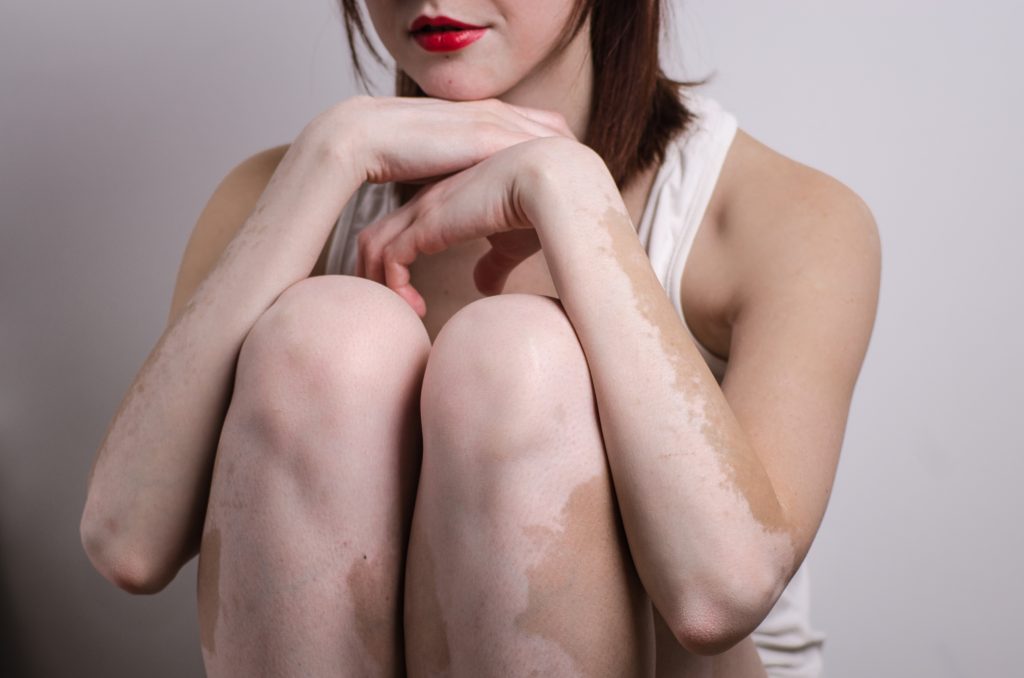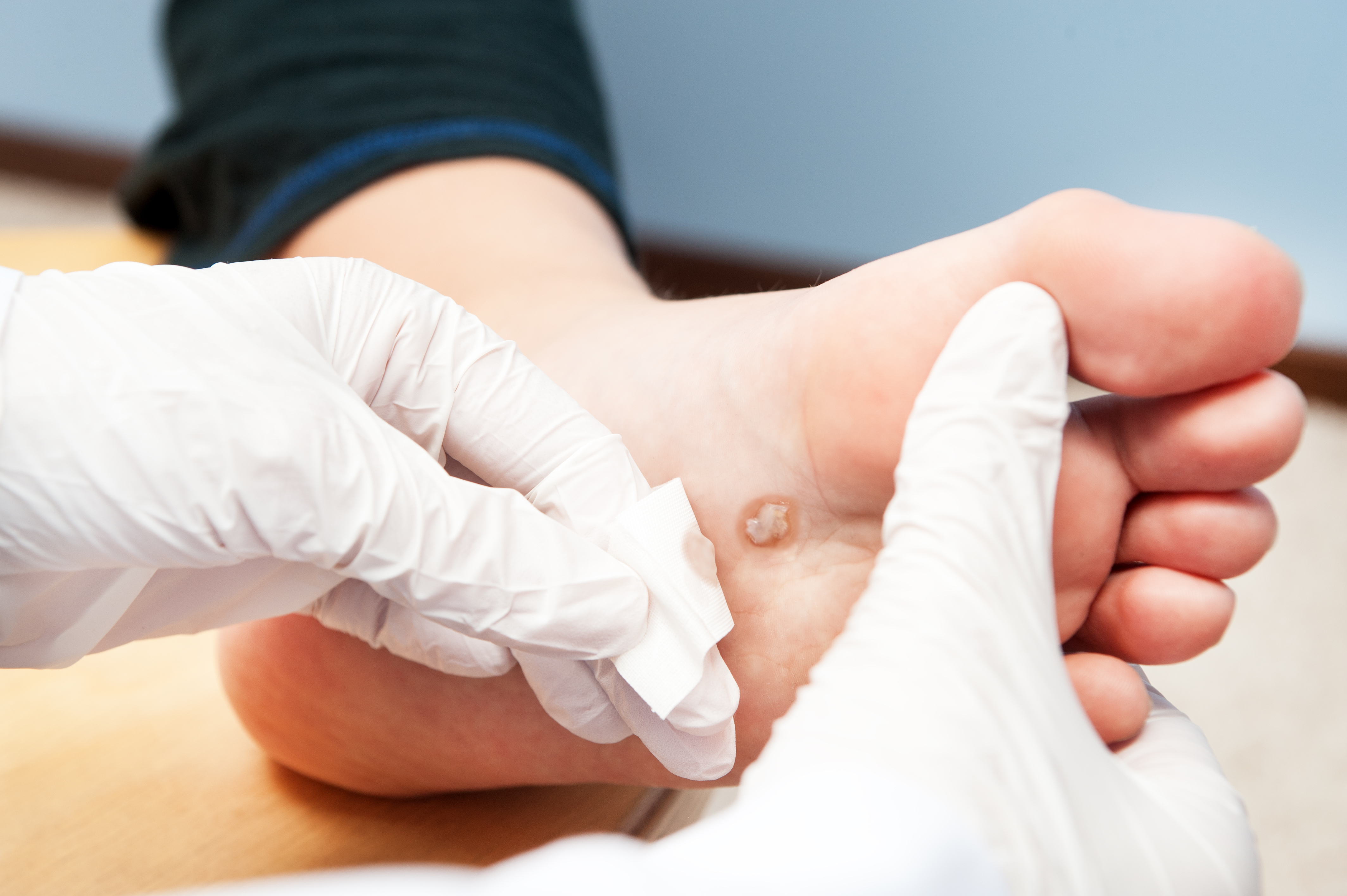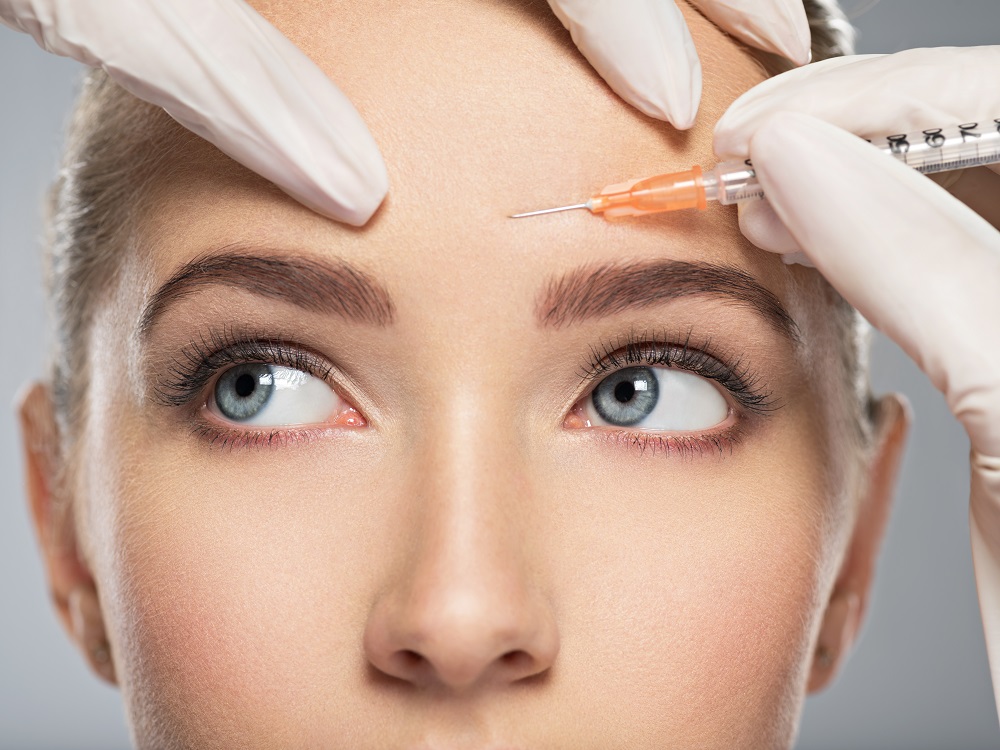Jenna King, NP, is dedicated to providing exceptional dermatology services in Okmulgee, OK. Born and raised in Southeast Kansas, Jenna graduated from Erie High School before earning her associate’s degree in nursing from Neosho County Community College in 2010. She began her career as an RN in family practice but found her true passion in dermatology while pursuing her Master’s in Nursing from Walden University.
Jenna specializes in both medical and cosmetic dermatology, with a particular interest in treating acne, psoriasis, and certain types of skin cancer. She believes that skin health is a key indicator of overall well-being, reflecting stress levels, rest, and hydration. Jenna is committed to helping her patients feel confident and secure in their skin.
When she is not providing top-tier dermatology services in Okmulgee, OK, Jenna enjoys spending time with her husband and three children, as well as indulging in her love for baking.
Jenna King, NP, practices at our Okmulgee and Muskogee, Oklahoma offices. Contact us today to schedule an appointment and experience the expert dermatology care Jenna provides.






